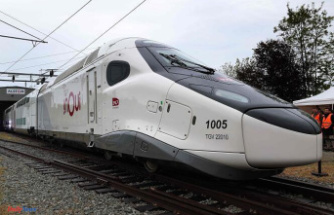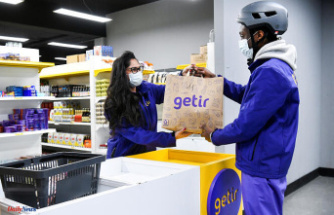In view of the gas and energy crisis, the industry is drawing up contingency plans in the event of a shortage. Audi Production Board Member Walker explains what car manufacturers really need gas for and where a rethink can be made. He is working on further measures.
In the event of a lack of gas deliveries, the VW subsidiary Audi has put one fifth of its consumption in the room as a possible savings potential. "As a guideline, you can say that we could get by with around 20 percent less gas," said Audi Production Director Gerd Walker in an interview with "Automobilwoche". "We can do that with appropriate technical and organizational solutions. But that's not where we would have to be if gas were to become scarce," explains Walker.
The company procured substitute fuels to make the heat supply more flexible. But Walker explains: "We don't have large tanks of our own at our sites that we can keep fuel for daily operations on a permanent basis, but we have at least secured a reserve." At the Ingolstadt site, for example, half of the heating and energy requirements are covered with gas.
"If the supply of gas were to become scarce, the main thing we as an automobile manufacturer would lack is the process gases, i.e. fuel for our paint shop, thermal afterburning or our curing ovens, which are operated with gas," emphasized Walker. That would be about a tenth of normal demand and the minimum amount of gas needed. Alternative fuels could not be used so quickly in this area. In addition, a switch to electric ovens is only possible in the long term and only makes sense if they are operated with green electricity.
"However, lowering the temperature could become an issue from late autumn - not only in production, but also in our offices. That is actually one of the components of the identified 20 percent savings potential. And better than not producing at all," emphasized Walker and pointed out that this measure would only be taken at the very end and after discussions with the employee representatives.












